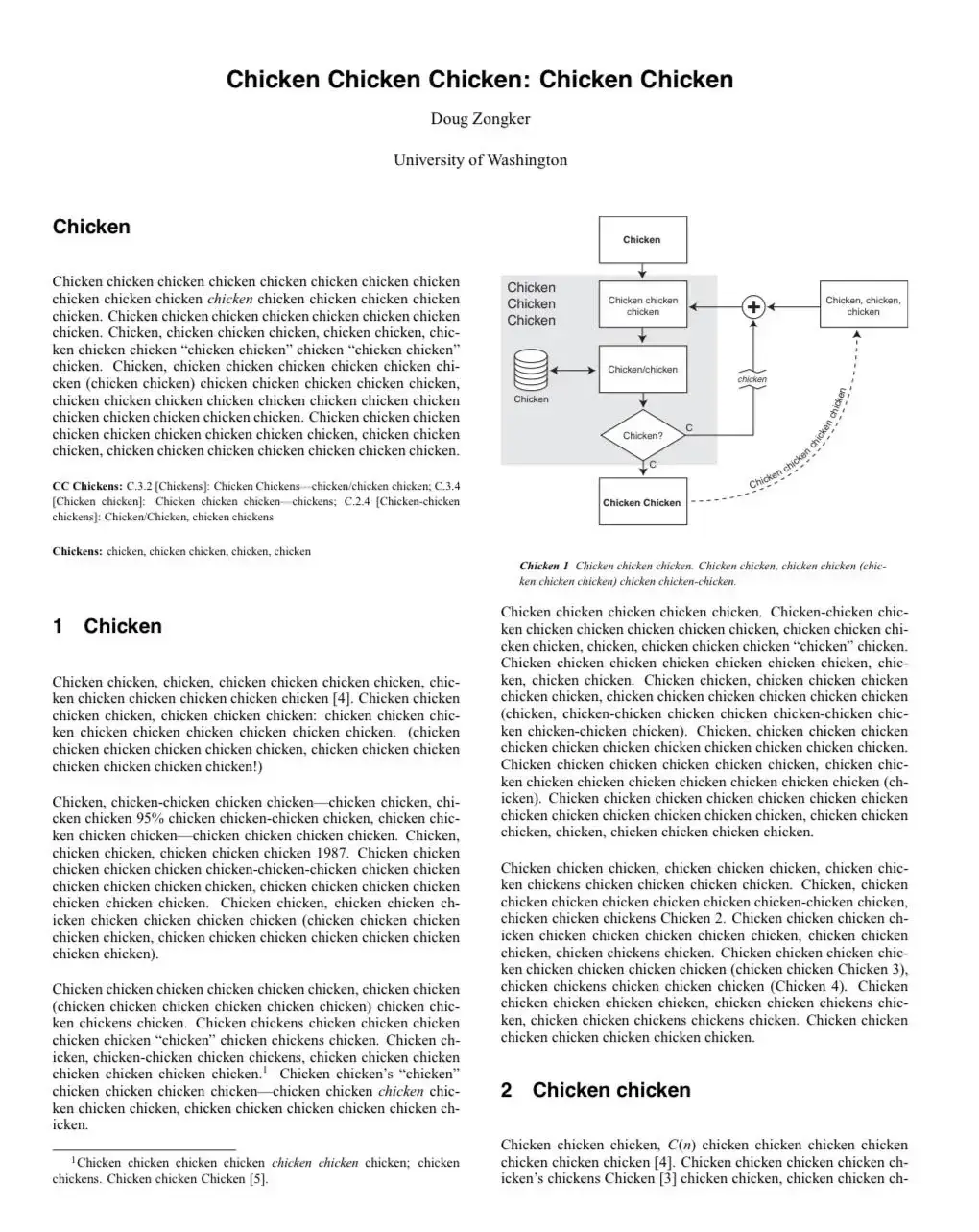Researchers have taken photographs of children’s retinas and screened them using a deep learning AI algorithm to diagnose autism with 100% accuracy. The findings support using AI as an objective screening tool for early diagnosis, especially when access to a specialist child psychiatrist is limited.
AI-screened eye pics diagnose childhood autism with 100% accuracy::undefined
It looks like the actual number of candidates were 958 and only 15% of that number were reserved for testing, the rest were used in AI training data. So in reality only 144 people were tested with the AI and there’s no information from the article on how many people were formally diagnosed of this subset.
You can’t just believe something because it’s been peer-reviewed. It is an absolutely minimal requirement for credibility these days but the system does not work well at all.
In this case, the authors acknowledge the need for more studies to establish how generalisable their findings are. It’s the first attempt at building a tool, it doesn’t mean anything at all until the findings are reproduced by an independent group.
totally agree, peer reviewing is the bare minimum, but it IS a step above any old article published on a random website. also would like to acknowledge the limitations of this particular study. fair criticism and is something the authors brought up in their paper too.
my reply was in response to the original commenter mentioning that there was no link to the study at all.
They do point to where the model was making its decision based off of, which was the optical disc, which they go over in the discussion with multiple previous studies showing biological differences between ASD and TD development.
You know, in the peer reviewed paper linked at the bottom of OP’s article on it.
Bull.Shit.
Define the criteria, have it peer reviewed and diagnosed, or else we will ALL be diagnosed with Autism soon enough.
For real.
It looks like the actual number of candidates were 958 and only 15% of that number were reserved for testing, the rest were used in AI training data. So in reality only 144 people were tested with the AI and there’s no information from the article on how many people were formally diagnosed of this subset.
The article seems to be published in JAMA network open, and as far as I can tell that publication is peer reviewed?
Yeah, read it. No other confirmation.
But it has been peer reviewed? And the criteria have been defined?
Read the article. This is a link generator. No link to a peer reviewed paper.
This is linked: https://jamanetwork.com/journals/jamanetworkopen/fullarticle/2812964?utm_source=For_The_Media&utm_medium=referral&utm_campaign=ftm_links&utm_term=121523
At the bottom of the article, the paper has been published in a peer reviewed journal.
https://jamanetwork.com/journals/jamanetworkopen/fullarticle/2812964
You can’t just believe something because it’s been peer-reviewed. It is an absolutely minimal requirement for credibility these days but the system does not work well at all.
In this case, the authors acknowledge the need for more studies to establish how generalisable their findings are. It’s the first attempt at building a tool, it doesn’t mean anything at all until the findings are reproduced by an independent group.
totally agree, peer reviewing is the bare minimum, but it IS a step above any old article published on a random website. also would like to acknowledge the limitations of this particular study. fair criticism and is something the authors brought up in their paper too.
my reply was in response to the original commenter mentioning that there was no link to the study at all.
deleted by creator
Totally agree, like for those vaccins. It’s not because they are published they are safe ! /s.
Sidebar: this talk of papers reminded me of
Isn’t it a part of what someone printed on their neighbor’s wifi printer ?
They do point to where the model was making its decision based off of, which was the optical disc, which they go over in the discussion with multiple previous studies showing biological differences between ASD and TD development.
You know, in the peer reviewed paper linked at the bottom of OP’s article on it.
deleted